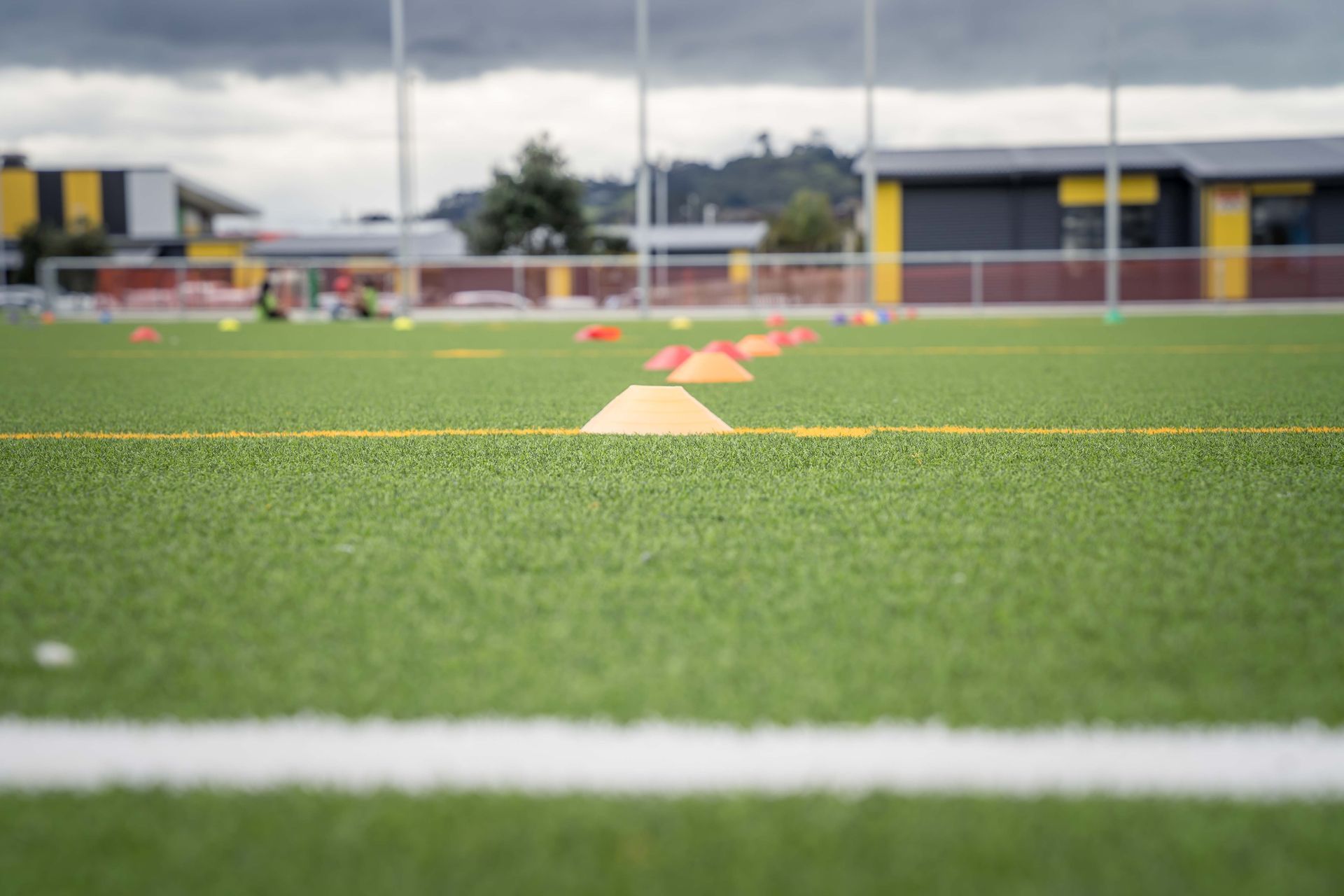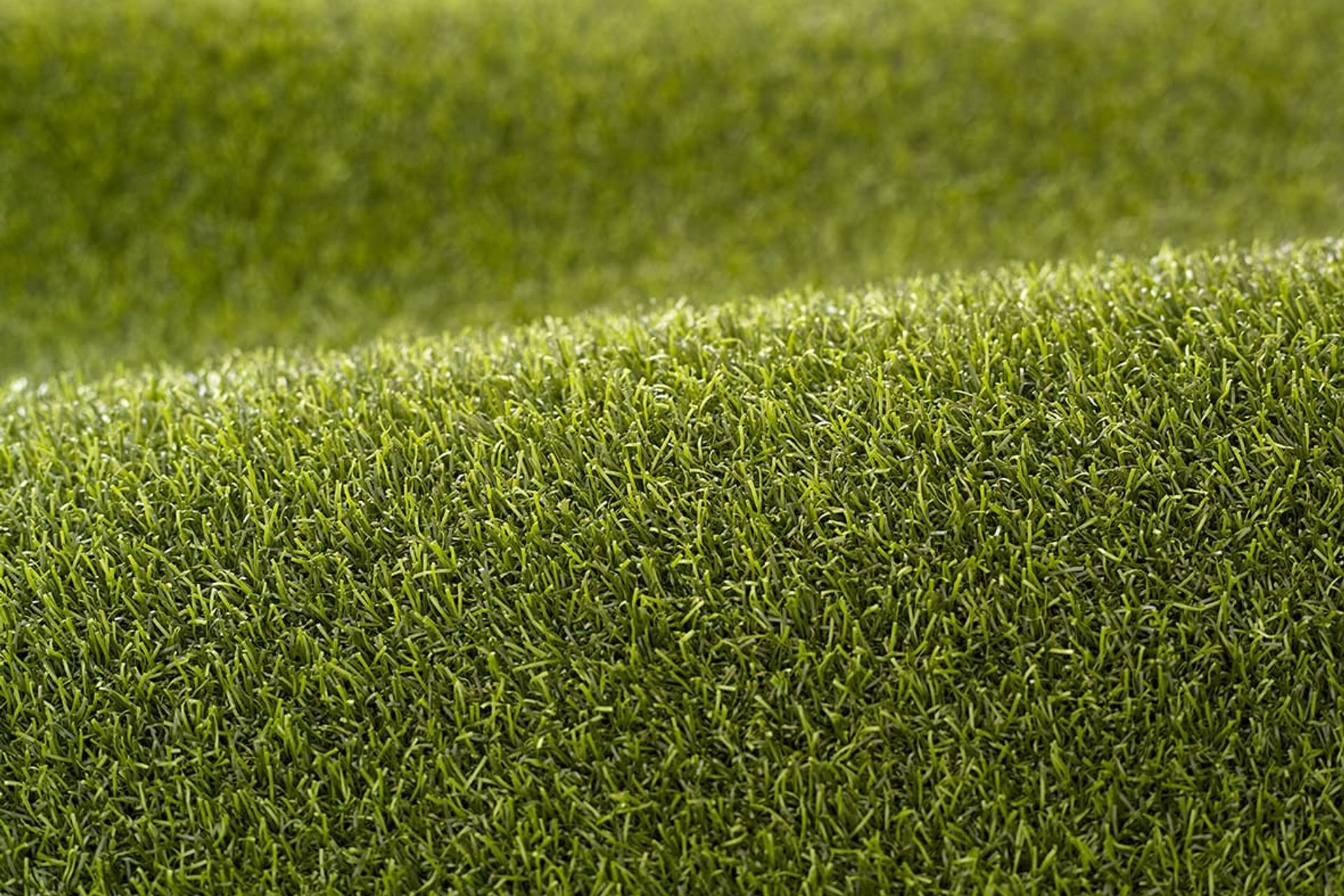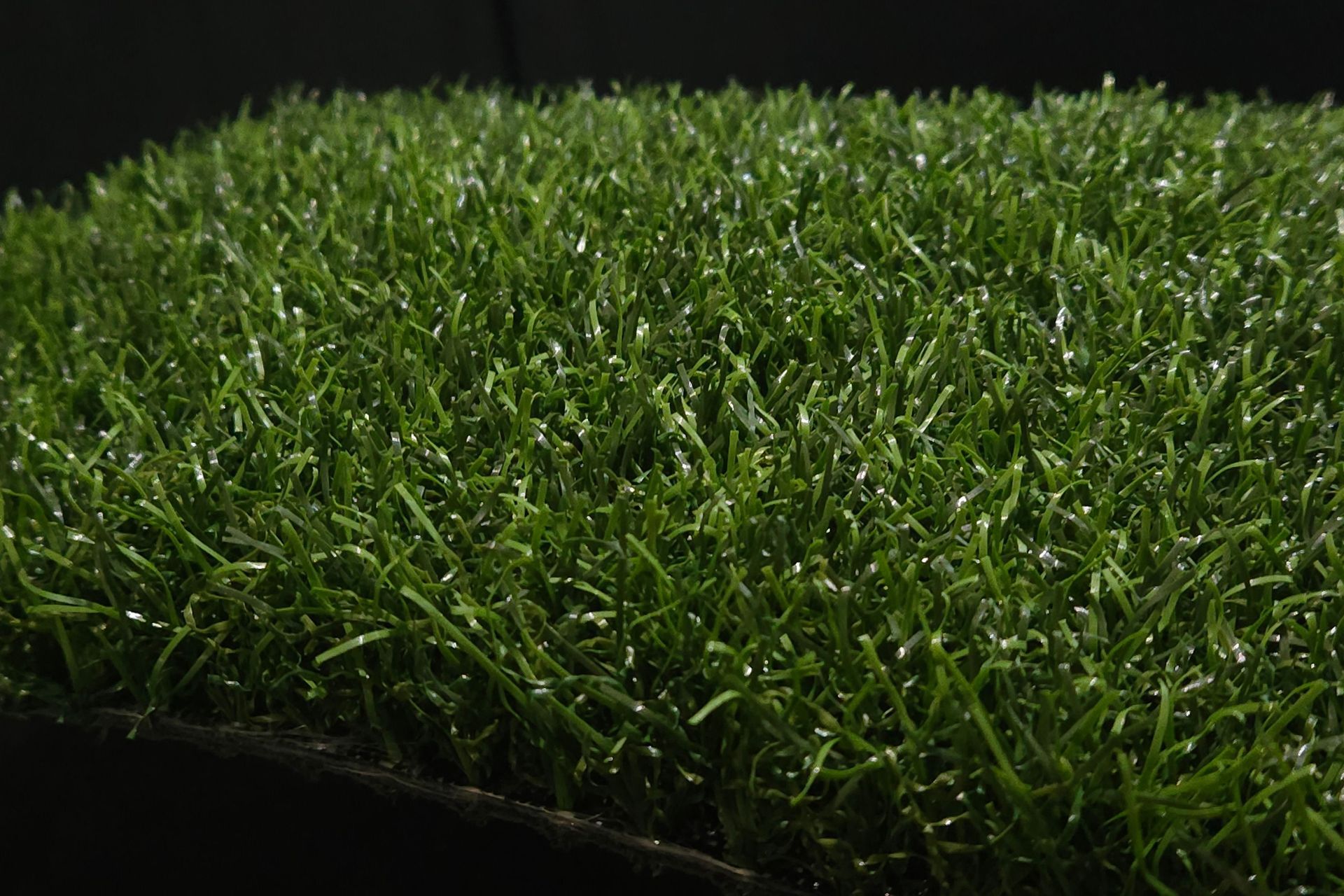Exploring No-Infill or No-Performance Infill Sports Turf Systems

Understanding Traditional Infill in Artificial Turf
In traditional artificial Sports turf systems, two types of infill are added, stabilizing infill (typically sand) and Performance infills (typically polymeric) being most commonly SBR rubber granules (old vehicle tyres) or virgin Polymer alternatives like TPE or EPDM. These materials have traditionally played a vital role in keeping the turf upright, adding cushioning, and enhancing traction. Without infill, the artificial grass would be less stable and realistic, affecting its usability and durability.
One of the primary purposes of infill is shock absorption. This softens the surface, helping protect athletes from injuries due to impact. Additionally, infill provides support for fiber resilience by maintaining the upright position and protecting the turf fibers, giving the surface a more natural, grass-like appearance.
Infill also enhances traction. This stability is essential in athletic fields, where secure footing is necessary for performance and safety. Furthermore, infill contributes to weight distribution preventing the turf from shifting or bunching up during use.
While infill offers these functional benefits, it also comes with notable environmental trade-off, these added microplastic infills are unbound and are therefore free to migrate. The migration of microplastic infills has been well documented and has long been a problem with players socks, pockets and boots filled with the microplastic infill after a game. The potential negative impact has spurred the search for more sustainable solutions, such as organic infill options as well as no-infill turf systems, which offer similar performance without environmental concerns.

Environmental impact of Traditional Infill
The most common infill material, SBR rubber granules is made from recycled tyres. While recycling old tyres may initially seem like a positive step, its use in turf fields has revealed several environmental and health-related issues.
One major concern is microplastics pollution. Rubber granules from crumb rubber can often migrate off fields, entering the surrounding environment. Over time, these particles break down into microplastics, which contaminate waterways and can be harmful to aquatic life and ecosystems.
Heat retention is another significant issue. Crumb rubber infill absorbs and retains heat, which can make the turf surface extremely hot, particularly in warmer climates. This intense heat can affect not only the playability but also comfort and safety of users.
Finally, there are potential health risks associated with crumb rubber infill. Concerns have been raised about the possible release of volatile organic compounds (VOCs) and other chemicals from the rubber, which may pose health risks, especially to young athletes who spend extended periods on the turf.
Advantages of No-Infill (NF) or No-Performance (NPF) infill Turf Systems
Non-infill products, such as the latest innovations from TigerTurf, are engineered to provide high performance without relying on any added performance infills at all.
Replicating Nature:
Natural grass does not have infills, instead well designed and maintained natural sports turfs has a strong and stable root zone and our new generation or artificial no-infill and no-performance infill turfs has the same.
NF Products:
These systems have no added stabilising or performance infill, instead the product itself has been designed and made with a thick thatch base layer that replicates a natural root zone and semi texturized primary fibers that stand up above the root zone to support the ball enabling players to get their foot beneath the ball and non-directional ball roll.
Because this product has no stabilizing infill (weight and ballast) it is either made with a very specific backing material and is edge clamped or its is glued to the sports pad system beneath to eliminate movement caused by thermal expansion. This requires a paved instiu type pad system.
NPF products:
These systems differ from the NF systems only in that they have stabilising infill (sand) added. This is useful if the system is being laid with no pad or over a non-bound preformed pad.
Sanded systems also have the benefit of holding moisture keeping the overall surface temperatures lower.
Sand is of coarse an abrasive and testing shows a true NF system will have a much longer life than sanded system. The other key benefit of no added sand comes at the end of the products life as the product is a much more attractive option to recycle with no sand to remove and no abrasive on recycling machinery.


One significant advantage of NF turf systems is their reduced environmental impact. Without infill, we remove the risk of microplastics entering the surrounding environment and polluting waterways, making these systems a cleaner choice for outdoor spaces.
Another benefit is lower surface temperature. Both NF and NPF systems tend to retain less heat compared to crumb rubber, resulting in a cooler playing surface. This is especially beneficial for warmer climates, providing greater comfort for users and making outdoor spaces more usable in hot weather.
Simplified maintenance is also a key advantage. Since there’s no infill to manage, the maintenance requirements for non-infill turf systems are signifactly reduced. There’s no need to replenish, redistribute or de-compact infill material, which saves significant cost, time and resources in the long run.
Enhanced durability is another strong point of non-infill systems. Many of these turfs are constructed with advanced fibers and reinforced support structures, making them highly resilient to wear and tear. This durability makes them particularly well-suited for high-traffic areas where longevity is essential.

Cost of NF & NPF vs Traditional Infilled Turf Systems?
NF & NPF turf systems have 3-4 times the amount of yarn per m2 vs traditional infilled system therefore the upfront cost is higher. However traditional infilled systems require 10-20% of the performance infill to be replaced annually, the infill to be topped up regularly, the infill needs to be de-compacted, all requiring specialised machinery and skills not to mentioned infill migration issues already mentioned above.
NF & NPF systems are far cheaper and more simple to maintain with removal of organics and contaminants, and deep wash annually. The total cost of ownership of an NF or NPF field is almost identical to a traditional infilled field over a 10 year operating life.
TigerTurf’s newest non-infill turf products, NRG2 and Pure PT are essentially identical in yarn types, Pure PT has longer pile height (40mm) is denser and has a higher stitch rate, making it ideal for high-performance sports and a version is available certified to FIFA Quality standards. NRG2 is shorter pile height (30mm) optimised for multisports offering an excellent all-round non-certified surface for all football types, as cricket outfield and general play area.
